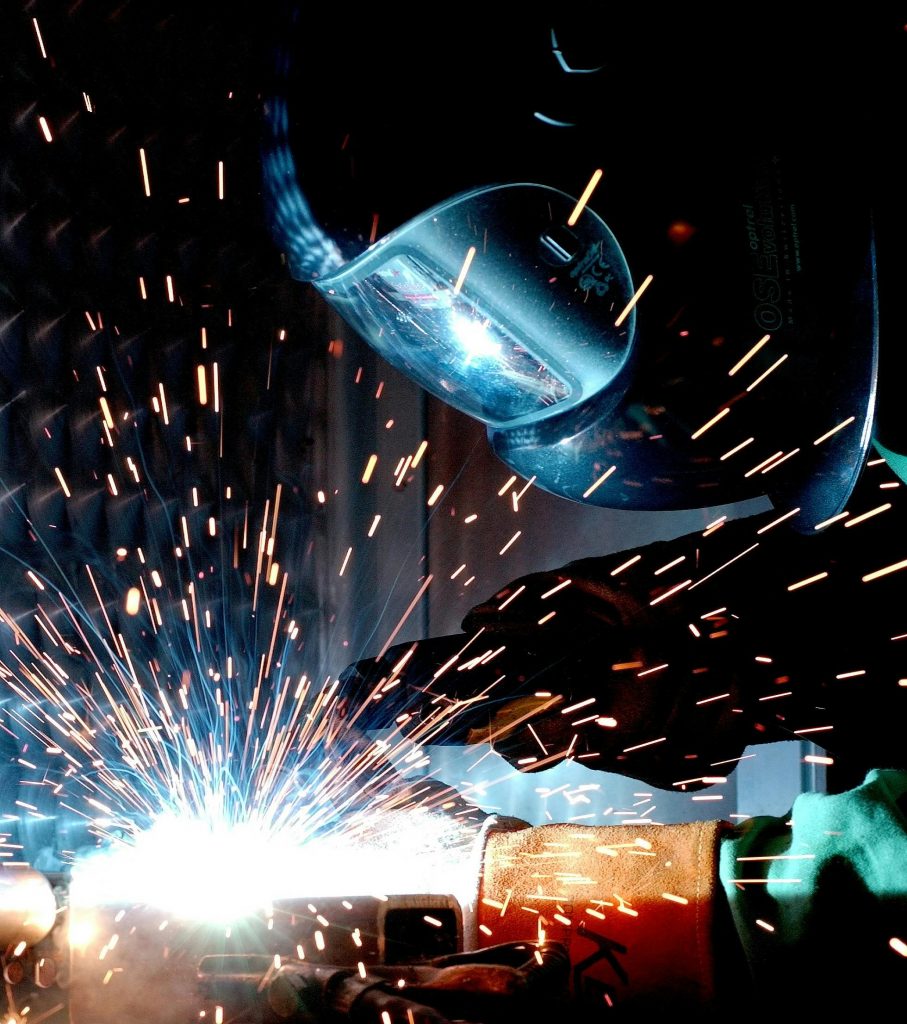
The manufacturing industry is evolving rapidly, driven by technological advancements, changing market demands, and the global shift towards sustainability. As we move into 2025, manufacturers are looking for new ways to enhance efficiency, cut costs, and stay competitive. It is therefore pertinent that we explore the key trends set to shape the future of manufacturing.
1. Artificial Intelligence (AI) and Machine Learning (ML) Integration
AI and ML are no longer buzzwords—they are essential tools in modern manufacturing. AI-powered systems can analyse vast amounts of production data to identify patterns, predict maintenance needs, and improve decision-making. Machine learning algorithms help factories continuously optimise operations by learning from historical data. Whether it’s predicting machine failures or optimising supply chain logistics, AI and ML are driving unprecedented levels of efficiency in manufacturing. To learn more about how ways AI is being integrated into manufacturing, read another of our articles: https://were-onit.com/5-ways-ai-could-help-you-in-the-manufacturing-industry/
2. Smart Factories and Industrial Internet of Things (LLOT)
The concept of the “smart factory” is becoming a reality with the proliferation of IIoT devices. These connected machines and sensors generate real-time data that can be analysed to optimise production processes, reduce downtime, and enhance operational efficiency. By monitoring machine health, energy usage, and other critical factors in real-time, manufacturers can achieve greater control over their operations.
3. Sustainability and Green Manufacturing
Sustainability is no longer optional—it’s a necessity. Manufacturers are increasingly adopting eco-friendly practices to reduce their carbon footprint and comply with stricter environmental regulations. This includes using energy-efficient machinery, minimising waste, and adopting circular economy principles. Sustainability can stretch as far as fully electric delivery vehicles or transport equipment such as forklifts, or installing clean energy systems, but it can start smaller, by switching to more environmentally conscious materials, or using smart systems to save energy and resources.

4. Additive Manufacturing (3D Printing)
3D printing has moved beyond prototyping and is now being used for full-scale production in industries such as automotive, aerospace, and healthcare. This technology allows for greater flexibility, faster production times, and reduced material waste. In 2025, we expect 3D printing to become even more prominent as it enables manufacturers to produce custom parts and components on-demand, reducing lead times and inventory costs. From simple filament printing using materials such as PLA or TPU (a more flexible plastic) to create quick fixes or more permanent fixtures, to industrial metal printers which can create almost anything from a plethora of metals and alloys, 3D printing has fast become more than just a hobbyist tool.
5. Resilient and Agile Supply Chains
In recent years, manufacturers have faced significant supply chain disruptions due to global events such as the pandemic and geopolitical tensions. As a result, companies are focusing on building more resilient, agile supply chains that can quickly adapt to changes. In the near future, we will see greater use of digital supply chain management tools that provide real-time visibility, improve forecasting, and optimise inventory levels. By getting in front of any supply issues, you can ensure that you save money, and hold on to a loyal customer base.

6. Human-Robot Collaboration (Cobots)
Collaborative robots, or cobots, are designed to work alongside human workers, enhancing productivity and improving safety on the factory floor. Unlike traditional industrial robots, cobots are more flexible, easier to program, and can be deployed for a wide range of tasks. In 2025, we will see more manufacturers adopting cobots to handle repetitive, dangerous, or precision-based tasks, allowing human workers to focus on more complex or creative work.
Conclusion
The manufacturing industry is entering a new era, shaped by technological advancements and the push for greater efficiency and sustainability. AI, LLOT, smart factories, and other emerging trends are transforming how manufacturers operate, making their processes more agile, data-driven, and resilient. Like with every industry, an inability to modernise in manufacturing can be disastrous and we hope that by taking these things into consideration, you can fortify your position in the space.

Comments are closed